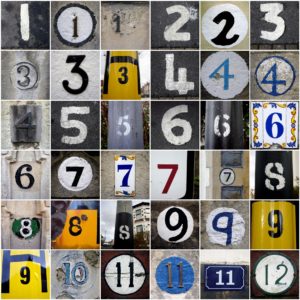 Continue to check for swarm cells each 7 – 10 days Blackberry, the major lowland Puget Sound nectar flow, starts in June and lasts 2-4 weeks, depending on altitude, weather, and location. If a colony has built to maximum strength before the nectar flow, the bees will store the honey as surplus for food overwinter and hopefully enough extra for the beekeeper to harvest.
Continue to check for swarm cells each 7 – 10 days Blackberry, the major lowland Puget Sound nectar flow, starts in June and lasts 2-4 weeks, depending on altitude, weather, and location. If a colony has built to maximum strength before the nectar flow, the bees will store the honey as surplus for food overwinter and hopefully enough extra for the beekeeper to harvest.
Summer is a good time to make nucs/splits (increases). If there is any doubt about the queen’s condition, serious thought should be given to requeening. Some beekeepers requeen in late summer or early fall on a regular annual basis. New queens lay at a higher rate than older ones. Late summer requeening allows for multiple opportunities to achieve queen acceptance. The resultant population is larger. Additionally, a first-year queen is much less apt to swarm the following spring.
July is a warm month and the hive may heat up forcing the bees to waste energy fanning the moist air. There are several ways to ventilate the hive. You can shim the outer cover on the front side of the hive with half-inch thick pieces of wood. That gives the bees an upper entrance which reduces congestion at the bottom board. However, during a dearth the shims must be removed to prevent robbers and yellow jackets from using the opening. Another way is to place Popsicle sticks across the corners of the inner cover which separates the inner cover and the outer cover a little bit.
In the flatlands many June bloomers continue to offer forage into July. Borage, rated one of the top five bee plants, is a July bloomer as is lavender, angelica and mint if mint is allowed to flower. Migrate your bees to the mountains for the popular fireweed.